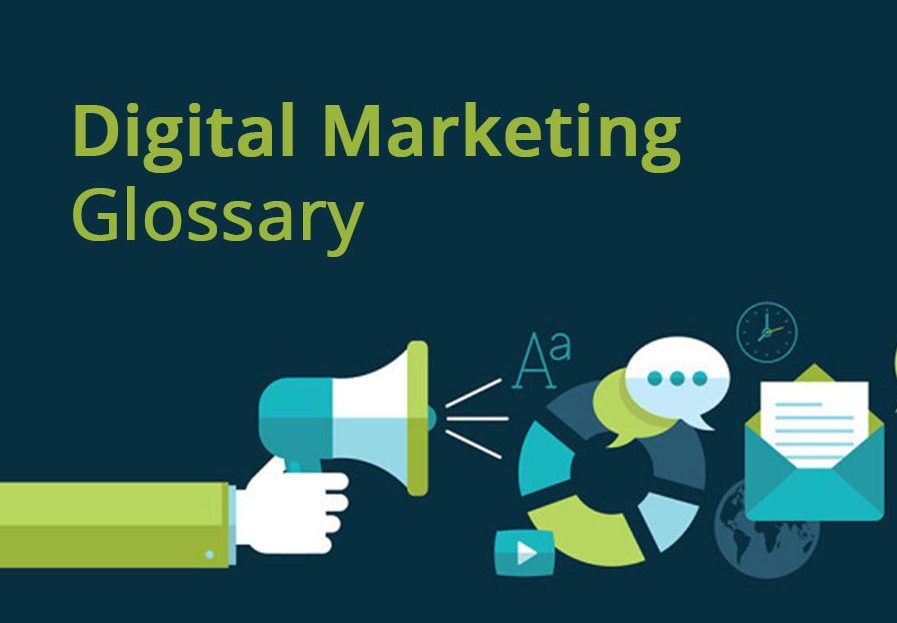|
| Acquisition Cost : |
See under “cost-per-acquisition.” |
|
| AdSense : |
Google AdSense is a pay-per-click advertisement application which is available to bloggers and Web publishers as a way to generate revenue from the traffic on their sites. The owner of the site selects which ads they will host, and AdSense pays the owner each time an ad is clicked. |
|
| AdWords : |
The pay-per-click (PPC) search engine marketing (SEM) program provided by Google. |
|
| Alerts : |
Notifications that can be set up for various search terms, events or website actions. |
|
| Algorithm : |
Mathematical rules and calculations a search engine uses to determine the rankings of the sites it has indexed. |
|
| Analytics : |
Information resulting from the systematic analysis of data or statistics. In digital marketing, analytics is the information resulting from systematic analysis of data gathered from marketing activity such as email marketing, landing page A/B testing, or Google AdWords purchases. |
|
| Avatar : |
A graphical representation of a real person, often seen in user profiles for online forums, social networks or chat/instant-message services. |
|
| Ban : |
Removal from a search index when a page and/or entire website is deemed inappropriate for a given engine’s results, usually on a temporary basis until the offending site corrects itself |
|
| Banner Ad : |
Graphical image or small animation file embedded within a Web page and used for advertising, often containing a link to other sites, products, etc. |
|
| Blog : |
Short for “weblog,” this is a special kind of website for self-publishing, often done by the owner of the site (the “blogger”), but sometimes by a committee of authors who rotate by day, for example. Blogs typically record and categorize all content updates by date/time and topic for easy tracking by readers. The posts appear on a blog’s homepage in reverse-chronological order (thus the original term, “weblog”). |
|
| Blogger : |
An individual who generates content for blogs, either personal or professional. |
|
| Bounce Rate : |
Refers to the percentage of a given page’s visitors who exit without visiting another page on the same site. |
|
| Brand : |
A business’s brand is the sum total of all its users’ and customers’ opinion of that business; a business can choose to intentionally shape its brand or allow the market forces to shape its brand. |
|
| Broken Links : |
Links to pages which no longer exist or have been moved to a different URL without redirection. |
|
| Categories : |
Ways to organize content on a site, especially blogs. One typical way to store both current and archival blog posts is by an alphabetical list of topical categories. |
|
| Click-Thru Rate (CTR) : |
The percentage of people who actually click on a link (e.g., in an email message or sponsored ad) after seeing it. |
|
| Comments : |
Comments are content generated by users in response to an initial publication, most notably blog posts. These are usually posted below the blog entry, and can often be vehicles for creating advanced levels of discussion that increase the lifespan of blog posts. Comments are also typically associated with news articles, videos, media-sharing sites, and Facebook posts. |
|
| Content : |
Any text, image, video, audio, app or other material published on the Internet for audience consumption. |
|
| Conversion : |
The desired action was taken by a website visitor, such as making a purchase, registering for an event, subscribing to an e-newsletter, completing a lead-gen form, downloading a file, etc. |
|
